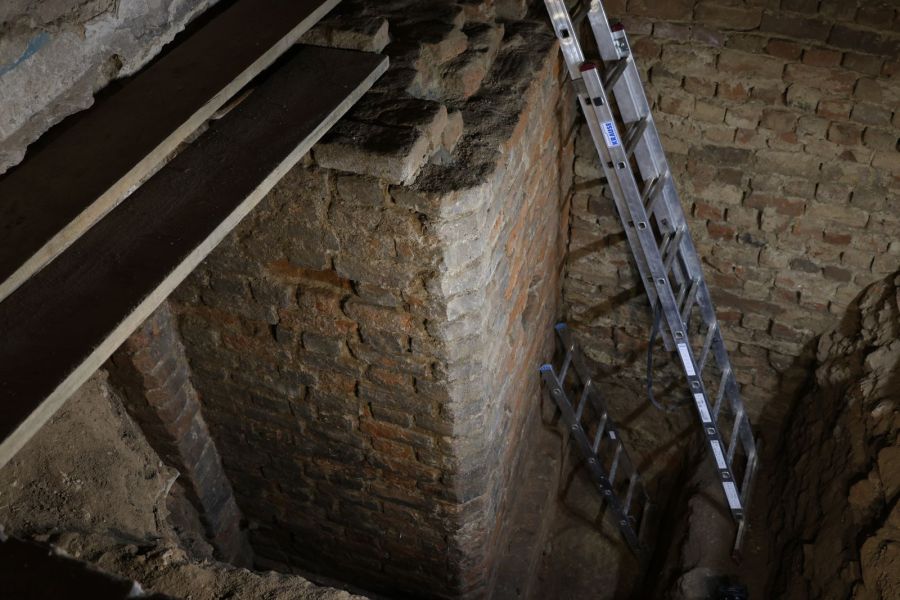Excavation of Castle Site in Poland Uncovers Royal Kitchen
The Museum of Applied Arts in Poznań, Poland, doesn’t just house a collection of Italian, German, Western European, and Polish Baroque paintings. As it turns out, its centuries-old building also holds a medieval kitchen that once served royalty.

Archaeologists from the Adam Mickiewicz University in Poznań recently explored the basement of the museum’s administration building, discovering the remains of a kitchen. And it’s not just any kitchen, but a royal kitchen; researchers date the 10-by-16-foot room to the 14th or 15th century.
“We are dealing with, if not the oldest, then one of the oldest royal kitchens preserved in Poland,” the team emphasized in a statement.
This tracks with the construction of the Royal Castle by Duke Przemysł I in Poznań, which began in 1249.
The residence encompassed a tower, square, and south-facing entrance, all of it surrounded by a rampart.
Over the centuries, the castle was burned, rebuilt, sacked, and restored. Its remaining sections have variously served as state archives and government offices before, today, housing the Museum of Applied Arts.

In the royal kitchen, the archaeology team turned up a massive Gothic pillar, measuring about nine-by-11 feet, which would have once accommodated a kitchen stove with a hood to filter exhaust gases.
According to historical written records, the space also once held a well in a corner.
Outside, in the building’s courtyard, the archaeologists dug a huge trench to peer beneath the terrain.
They uncovered more than 6,000 artifacts, including pottery, animal bones, and fragments of hypocaustum tile, which indicated that the medieval castle was heated. The objects date back to the 16th century.
The dig marks the resumption of a project, aimed at exploring the history of the Royal Castle, which was paused for almost two decades.
The team plans next to uncover the castle’s well, believed to be buried under six feet of rubble.
